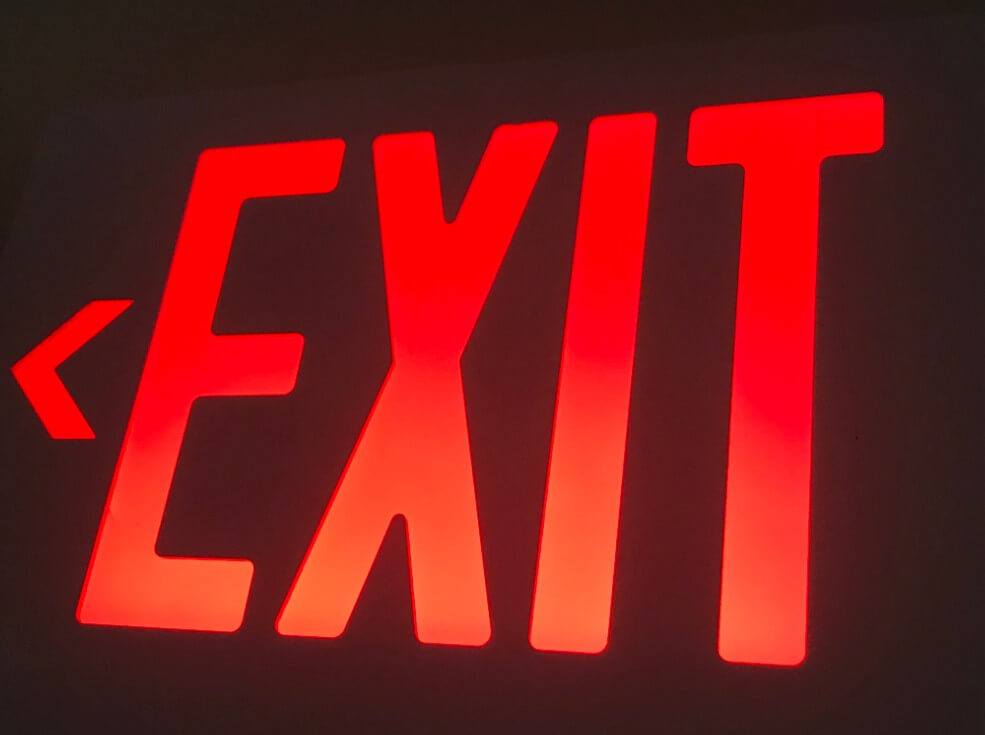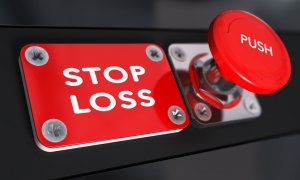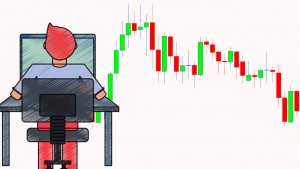While forex traders usually have a number of practical questions regarding indicators and other useful tools to help them make a profit, some of them rarely think of developing a stable strategy that will function as the foundation for growing as a trader in this market. Instead of adopting a comprehensive plan on how to be better traders, some forex enthusiasts seem to be more interested in outside factors and tips that will help them get a lucky win in no time. Since time is money, as they say, it is also an impotent element in trading in the fiat market on quite a few levels, which is why will be dealing with the question of what the best time to exit a trade is.
How long a person should hold onto a trade is certainly one of the key topics due to the fact that acquiring a sense of a timely reaction and knowledge on when to exit is what will preserve your finances after all. While the ability to stop trading on time may seem easy to acquire, it in fact requires traders to possess the key tools and skills that can allow this to happen. Of course, to offer a detailed and informative response, and draw some constructive conclusions on the way, we must strive to see the bigger picture and objectively assess the situation from all angles, looking into all the layers of this matter.
In order to manage time, the first foundation tier you should be looking to build is a proper algorithm, which will consist of several indicators that will signal you to take action at specific times during each trade. Some of the most successful traders in this market use a six-piece toolbox, consisting of several indicators such as ATR, a confirmation indicator, and an exit indicator. The last one, the exit indicator, is an extremely valuable asset to your trading kit because having an indicator that can tell you when to stop trading is what will safeguard you from failure while still allowing you to enjoy some lucrative trades. Such an indicator can therefore also signal you to exit bad trades on time without letting you destroy your finances. Finding the right exit indicator is what many professional traders advise other market dwellers to focus on and they keep stressing the fact that these indicators should be an essential part of an algorithm every trader should aim to make.
Secondly, it is crucial that you ask yourself what kind of trader you are. If you are a timid trader who fears following the momentum in a trade, you are also the one who runs away as quickly as possible for the fear or crashing down, which prevents you from seizing the moment and rising to the professional level. You could also be a reversal trader and one of many who cannot thus exploit this market’s full potential, either because of inexperience or due to mistaking forex for another market such as the stock one.
Reversal traders more often than not fail to grasp the importance of exiting a trade before things get really ugly as they go too deep trying to call reversals without understanding how trading currencies essentially works. This group of individuals has yet to learn that only once they exit the trade will the big banks redirect the prices and decide on their immediate future, which naturally leads to the conclusion that trend trading is every trader’s best possible strategy and means to enter profitable trades.
Apart from finding a good exit indicator that will help traders get out just in time, the topic of strategy is then equally vital as it entails designing a comprehensive plan that serves to protect them and guide them throughout different trading stages. Calling trends should be the first idea based on which a trader can start planning how to go about future trades, which is why it is intricately connected to today’s question of when to exit.
The most prominent figures in this market often indicate how important it is to decide on when exactly a trader would want to finalize a trade, and some of the advice centers around the idea of taking half of the trades off after a price hits a certain point and upon gaining a specific number of pips. Therefore, traders can end a trade when a price hits the break-even point, the stop loss, or the trailing stop loss or upon receiving a signal from the exit indicator. Simply put, you should keep trading as long as a trend lasts and your best friend here is the algorithm you have worked to build, including an exit indicator, as well as the plan which outlines how you will manage a trade you are already in.
An immediately following question is what a really good exit indicator does. To begin with, you should bear in mind that a tool providing such useful insight will probably not be the zero-cross indicator. However, in terms of actions and functions, it should be able to provide you with two-fold assistance. You will firstly want your exit indicator not to be too rigid, preventing you from following the momentum and using the power of big trends, which will in effect help bring you profit. Since prices oscillate and they also have retracements, you should not be looking for an indicator that will cut you short before you get the chance to get as much money as you can.
As some indicators function precisely in this manner, they push you out on some of the first retracements you come across and make your exit way too early. In comparison, more often than not, a good indicator should let you end a trade before a price drops and hits your trailing stop. In addition, to be further aware of how to use an indicator to assess the best time to stop trading, you should keep in mind that exiting a trade at the very top or bottom is never recommended. Your goal should always be to get as close to either of the two extremes, which should still bring you a substantial amount of pips.
The next step in growing as a trader and understanding when to exit certainly includes the relevance of the concept of time in building a trading mindset. Whether you are a beginner or a professional, you must already know that developing an algorithm and finding the tools which lead to profitable outcomes takes time. Some of the best trades professionals did also lasted for a period of two months even, so learning how to be patient and practicing this virtue in various aspects of trading will relieve the tension of asking the question of how long to trade. Time alone is of no importance, but it is one of the central notions of building trading psychology.
Learning requires persistence and diligence as much as withstanding some of the impulses to exit a trade before time. You may also need time not just to discover a good exit indicator, but also to test how it can function better after making some settings adjustments. Instant gratification will undoubtedly put you in the same category of people recklessly losing unbelievable amounts of money at once. All in all, instead of exhibiting such a casino player mentality, to gain satisfaction and amass a fortune, you truly need to invest in growing a more sustainable approach and set your priorities straight.





